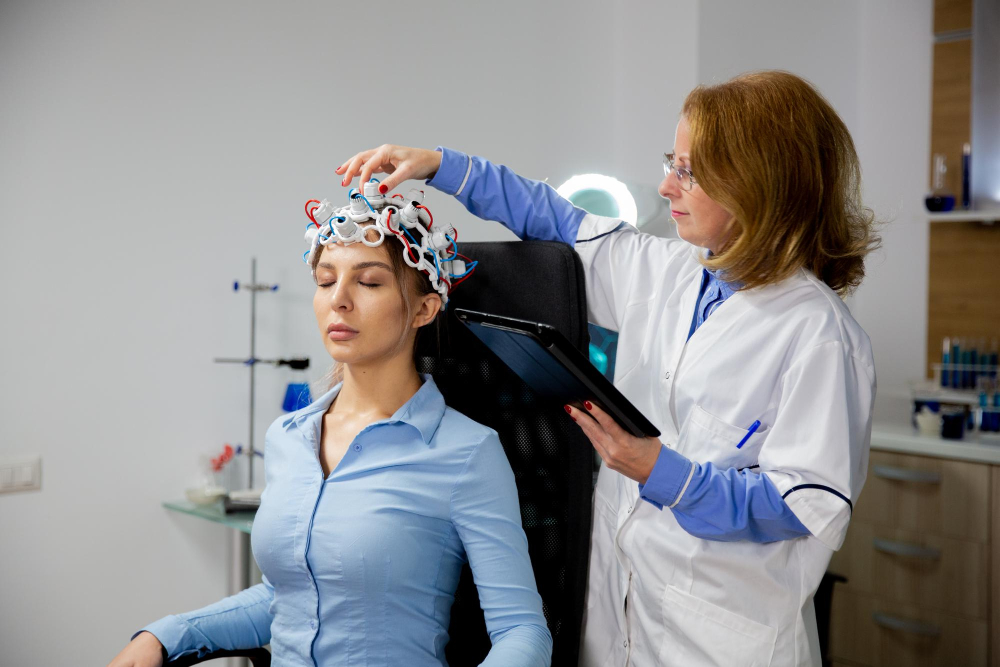Best Hospital for Stroke in Mulund

What is a stroke?
A stroke occurs when a blood vessel in the brain ruptures and bleeds, or when blood flow to the brain is blocked. The rupture or blockage prevents blood and oxygen from reaching brain tissue.
According to the Centers for Disease Control and Prevention (CDC), Best Hospital for Stroke in Mulund is one of the leading causes of death in the United States. More than 795,000 people in the US have a stroke each year.
Without oxygen, brain cells and tissues are damaged and begin to die within minutes.
There are three main types of stroke:
- A transient ischemic attack (TIA) is a thrombosis that usually goes away on its own.
- In an ischemic stroke, an artery is blocked by either a blood clot or plaque. The symptoms and complications of an ischemic stroke may last longer than those of a TIA, and may even be permanent.
- A hemorrhagic stroke occurs when a blood vessel in the brain ruptures or leaks.
Stroke symptoms
Brain tissue is damaged when the blood supply to the brain is interrupted. Best Hospital for Stroke in Mulund symptoms appear in parts of the body that are controlled by the damaged parts of the brain.
The earlier stroke treatment is started, the better the chances of success. Therefore, it is helpful to know the signs of stroke so that you can take action quickly. Best Hospital for Stroke in Mulund symptoms may include the following:
- Paralysis
- numbness or weakness in the arm, face or leg, especially on one side of the body
- Difficulty speaking or understanding those around you
- speech impairment
- Confusion, disorientation or unresponsiveness
- Sudden changes in behavior, especially increased excitability
- Visual disturbances such as difficulty seeing with one or both eyes, dark or blurred vision, or double vision
- Difficulty walking
- Loss of balance or coordination
- Vertigo
- Severe sudden headaches of unknown origin
- convulsions
- Nausea or vomiting
Best Hospital for Stroke in Mulund requires urgent medical attention. If you think you or someone else is having a stroke, call 911 or your local ambulance service immediately. Urgent treatment is the key to avoiding the following consequences
- brain damage
- long-term disability
- DEATH
In case of a stroke, it is best to relax. Therefore, do not hesitate to call an emergency doctor if you think you recognize the signs of a stroke.
What causes a stroke?
The cause of a stroke depends on the type of stroke. Strokes fall into three main categories:- transient ischemic attack (TIA)
- ischemic stroke
- hemorrhagic stroke
These categories can be further subdivided into other types of stroke, including
- embolic stroke
- thrombotic stroke
- intracerebral stroke
- subarachnoid stroke.
The type of stroke affects treatment and recovery.
Ischemic stroke
Ischemic stroke involves narrowing or blockage of the arteries that supply blood to the brain. The blockage is caused by blood clots or a sudden decrease in blood flow to the brain. It can also be caused by a piece of plaque breaking off and blocking a blood vessel.
There are two types of blood vessel blockage that can lead to ischemic Best Hospital for Stroke in Mulund: cerebral embolism and cerebral thrombosis.
A cerebral embolism (often called an embolic stroke) occurs when a blood clot forms elsewhere in the body - usually in the heart or arteries in the upper chest and neck - and travels through the bloodstream until it hits an artery that is too narrow to allow it to pass.
The clot gets stuck, blocking blood flow and causing a stroke.
Cerebral thrombosis (often called thrombotic stroke) occurs when a blood clot forms in a fatty plaque within a blood vessel.
According to the CDC, 87% of strokes are ischemic strokes.
Transient ischemic attack (TIA)
A transient ischemic attack, often called TIA or mini-Best Hospital for Stroke in Mulund, occurs when blood flow to the brain is temporarily interrupted.
The symptoms are similar to those of a full Best Hospital for Stroke in Mulund. However, they are usually temporary and disappear after a few minutes or hours when the blockage disappears and blood flow is restored.
The cause of TIA is usually a blood clot. Although TIA is not technically classified as a full-blown stroke, it serves as a warning sign that a stroke may be developing. It should therefore not be ignored. In the event of a severe stroke, emergency medical care should be provided.
According to the CDC Trusted Source, more than one-third of people who have a TIA and do not seek medical attention develop a severe stroke within a year. 10-15% of people with a TIA develop a major stroke within 3 months.
Hemorrhagic stroke
A hemorrhagic Best Hospital for Stroke in Mulund occurs when an artery in the brain ruptures or leaks blood. The blood from this artery creates excess pressure in the skull and causes the brain to swell, damaging brain cells and tissue.
There are two types of hemorrhagic stroke: intracerebral and subarachnoid:
Intracerebral hemorrhagic Best Hospital for Stroke in Mulund is the most common type of hemorrhagic stroke. It occurs when the tissue surrounding the brain fills with blood after an artery ruptures.
Subarachnoid hemorrhagic stroke is less common. In this case, bleeding occurs in the area between the brain and surrounding tissues.

